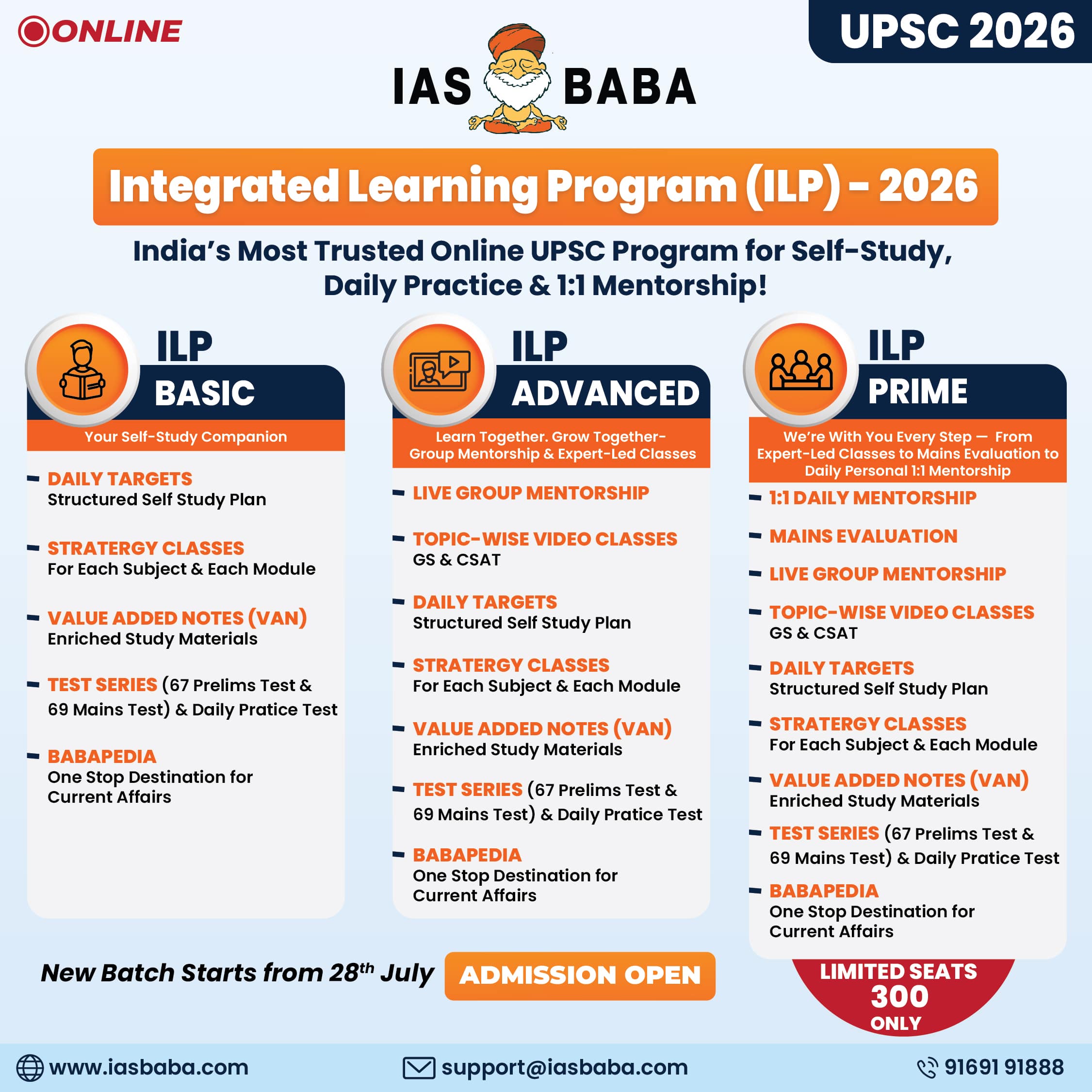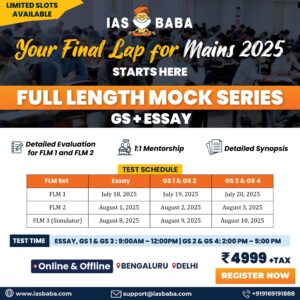Think and Learn, TLP Mains 2015, UPSC, UPSC Mains- Think and Learn-2015
TLP: GS Mains Synopsis [Day 85]
Q.1) Examine the government budget by the Central Government as an instrument of public policy and as a tool of legislative control.
The Top Answer for this Question is written by – Noboundriz
Ans) A112 provides for laying down the annual financial statement (Budget) in the parliament. Budget is both a policy statement and accountability mechanism put in place.
Budget as a policy statement can be seen from the following points
1. Budget mentions the allocations for various schemes like social sector etc which indicate the priority of government
Ex: The present budget has increased emphasis on infrastructure spending
2. Tax rates are mentioned which is an indication to the various sectors of the economy
Ex: Service tax, income tax, corporate tax
Budget is not only a policy statement but also provides an opportunity of the legislature to discuss the spending
1. Debates and voting happen in the parliament without which government can not withdraw money from consolidated fund.
2. legislature can pass various cut motions like policy cut, token cut etc showing the disapproval of legislature.
3. During debates concerned ministers from the government will address the questions from Mps.
4. If the budget is failed to pass then government must resign.
Hence Budget is both a policy statement and accountability mechanism.
Q.2) The prevalence of multiple channels for transfer of resources from the Center to the States is stated to have compounded the problems of federal fiscal arrangements. Discuss.
The Top Answer for this Question is written by – Cosviny
Ans)
Image 1 – https://a.disquscdn.com/uploads/mediaembed/images/2841/7065/original.jpg
Image 2 – https://a.disquscdn.com/uploads/mediaembed/images/2841/7066/original.jpg
Q.3) Public Undertakings of the Central Government could be booked upon both as an asset and a liability. Which measures would you suggest to enhance their utility as an asset and to reduce their drag as a liability?
The Top Answer for this Question is written by – Tendulkar
Ans)
Image 1 – https://a.disquscdn.com/uploads/mediaembed/images/2846/819/original.jpg
Image 2 – https://a.disquscdn.com/uploads/mediaembed/images/2846/820/original.jpg
Q.4) “The Cabinet is not a constitutional body.” Critically comment.
The Top Answer for this Question is written by – Rahul Agarwal
Ans) Cabinet is a group of senior ministers in government, with prime minister as head, which takes decision on important policy matters of governance. There is no mention of cabinet in Indian constitution. Article 74 mentions that there shall be a council of ministers, headed by prime minister. The concept of cabinet has been taken from British political system, where the cabinet is a powerful body taking all the important decisions. There are mixed views regarding the utility and merit of cabinet system in India.
Advantages of cabinet system are mentioned as:
A. It is relatively smaller body, which is conducive for quick decision making.
B. Cabinet system also ensures that the confidential information is not leaked , which might be the case with a larger council of ministers.
C. Committees of Cabinet like on economic affairs security etc, helps in taking strategic decision in faster and smooth manner.
But, opponents of cabinet system cite certain disadvantages also:
A. It works against the overall consensus building among council of ministers, and thus impeded democratic governance.
B. All ministers are bound by the decision of cabinet regardless of whether they were member or not. This affects exercise of their independent view.
C. Proceeding of cabinet are kept secret and thus goes against transparency.
Thus, cabinet is an essential body for smooth governance, and there should be steps like dissent notes on cabinet discussions, information about matters of discussion to improve the transparency of functioning.
Q.5) Discuss the evolution of the role of the Prime Minister’s Office (PMO) since independence.
The Top Answer for this Question is written by – Cosviny
Ans) Prime Minister’s Secretariat became the Prime Minister’s office in 1977. Normally, the PMO is not very significant part of the government machinery like the cabinet secretariat. But gradually,after Nehru’s Era, it grown into a high profile body.It consist of of six to eight key people headed by Secretary. Its role has also been changing in all these years.
1. In era of Lal bahadur, Morar ji Deasi and Indira Gandhi it became powerful and played a major role in affairs of government.
2. In Rajiv era it expanded qualitatively and quantitatively. It took keen interest in technology and in the field of science.
3. In 1992 it again did comeback in spotlight to go down in Deva Gowda’s government.
4. In BJP and its allies rule , old form strong PMO came.
But its core role is to facilitate the PM to discharge his Functions like to deal with the public relations of the PM’s office, examine the cases submitted to the PM, to keep liaison between PM and other ministries.
Now PMO has become a necessity in last two decades due to :-
1. Governance has increased in its complexity and scope.
2. The international situation is more complicated.
PMO is the nerve centre of power .This office is the mirror to the incumbent’s character, personality and style of functioning.Like in current government , PMO is more powerful due to influence of PM over political party internally, full majority in the lower house and dominating personality charactristics.
It must be added that many a times, another institution called Prime minister’s house(PMH) closely positioned with PMO. It usually consists of friends, relatives, politicians close to PM, ambitious bureaucrats, think tank of political parties and Godmen(later additions) etc.
High Order Thinking
Q.1) The Indian diaspora is not only clustered in the developed west but also in other parts of the world that include Africa, Latin America, South East and West Asia. It is unfortunate though that their interests and problems have not been central to Indian diplomacy and their presence not viewed in the same potential terms as their counterparts in the developed west. Do you agree? Substantiate.
The Top Answer for this Question is written by – Rahul Agarwal
Ans) Historical ties, colonial history and enterprising nature of Indians, have resulted in widespread distribution on Indian diaspora all over the globe. In developed west significant Indian origin population is based in US, UK and Canada. The indentured labours taken by britishers have their generations in Latin American nations like Guyana, suriname, carribean islands. Trade and cultural links result in Indian Diaspora in south eastern nations of Thailand, Singapore, malaysisa , Indonesia etc. In Nigeria and south Africa, significant Indian Diaspora is present. People, particularly, from southern states of India migrate to west Asia for blue collar jobs.
But, despite this global distribution, it has been observed that Our diplomatic processes puts over emphasis on Diaspora of developed western countries. Some of the factors could be:
A. Diaspora in developed west have resources and capital to invest in india.
B. Many Indian origin people are at helms of the Multi national companies in western countries.
C. NRI associations of west are more vocal and organized in presenting their concerns and demands.
But off late India has started to focus on its Diaspora in rest parts of world also:
A. A scheme called MADAD had been launched by government to support blue collar workers in gulf countries which are under distress.
B. Evacuation of large number of Indian people were done in Yemen during operation Rahat.
C. Prime minister of India visited Fiji after a gap of 20+ years, UAE after a long time gap. Signaling intent for increased relationship with Diaspora.
D. Recently, Prime minister has engaged with Indian Diaspora in Sychelles, Mauritius and other countries of Mainland Africa having significant Indian population.
E. Efforts were made by external ministry to rescue Indian people who were made captive by Islamic State.
Thus, although our overseas policies have been west centric, there has been a renewed emphasis on engaging with Indian Diaspora worldwide
Q.2) The interplay of the Ukrainian crisis, sanctions by the west on Russia and Russia’s new global posturing through the modernization of it’s ballistic missile inventory is an indication of the return of the Cold War era but in a different shape and form. Do you agree with this assessment of the global order today? Critically comment.
The Top Answer for this Question is written by – Amit
Ans) Increasing face-off between Russia and U.S give a deja-vu experience of the cold war era.However,there are stark difference too-
Differences –
1. In cold war era,major vehicle of influence peddling was capitalism v/s socialism which is not the case now.
2. Changing global equations specially after Soviet Union break-down is forcing Russia to look for new and emerging partners like China to counter the effects of sanctions and trade and investment.
3. China today is a major force and hence,the world order is different than before 1991 (Soviet breakdown)
Similarities –
1. Russia is using different mechanisms to assert its influence like using veto power on Syria in UNSC.
2. Russia’s direct intervention in Syria also projects its increasingly desire to play a larger role in world affairs.
3. Russia’s annexation of Crimea ( to safeguard its interests in black sea) despite NATO’s objection points towards a re surging Russia under President Putin.
All said and done,world today is different than it was three and half decades back with different geo-political,security ,economic and strategic equations in place with many nuclear states in world.Hence,it would be good if the two major powers of the world co-ordinate with each -other to collectively fight the common challenges such as climate change,terrorism,slowing global growth that the world is facing.













